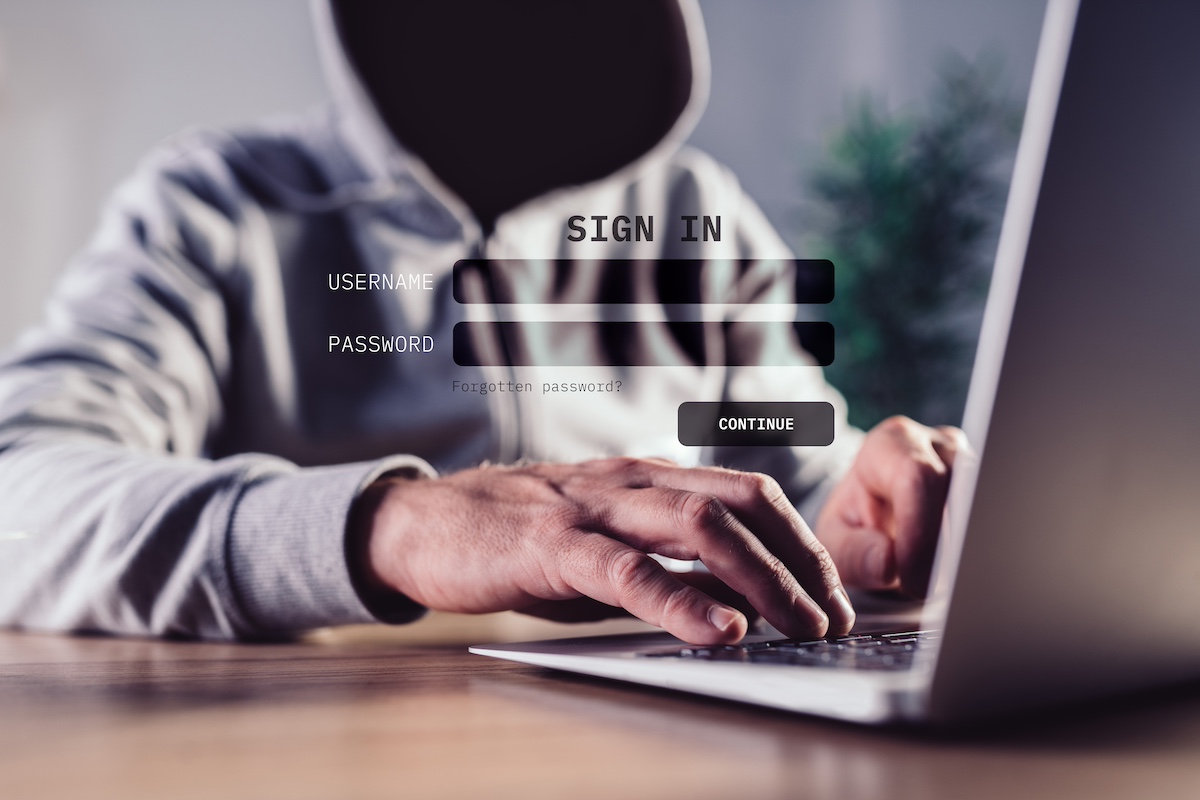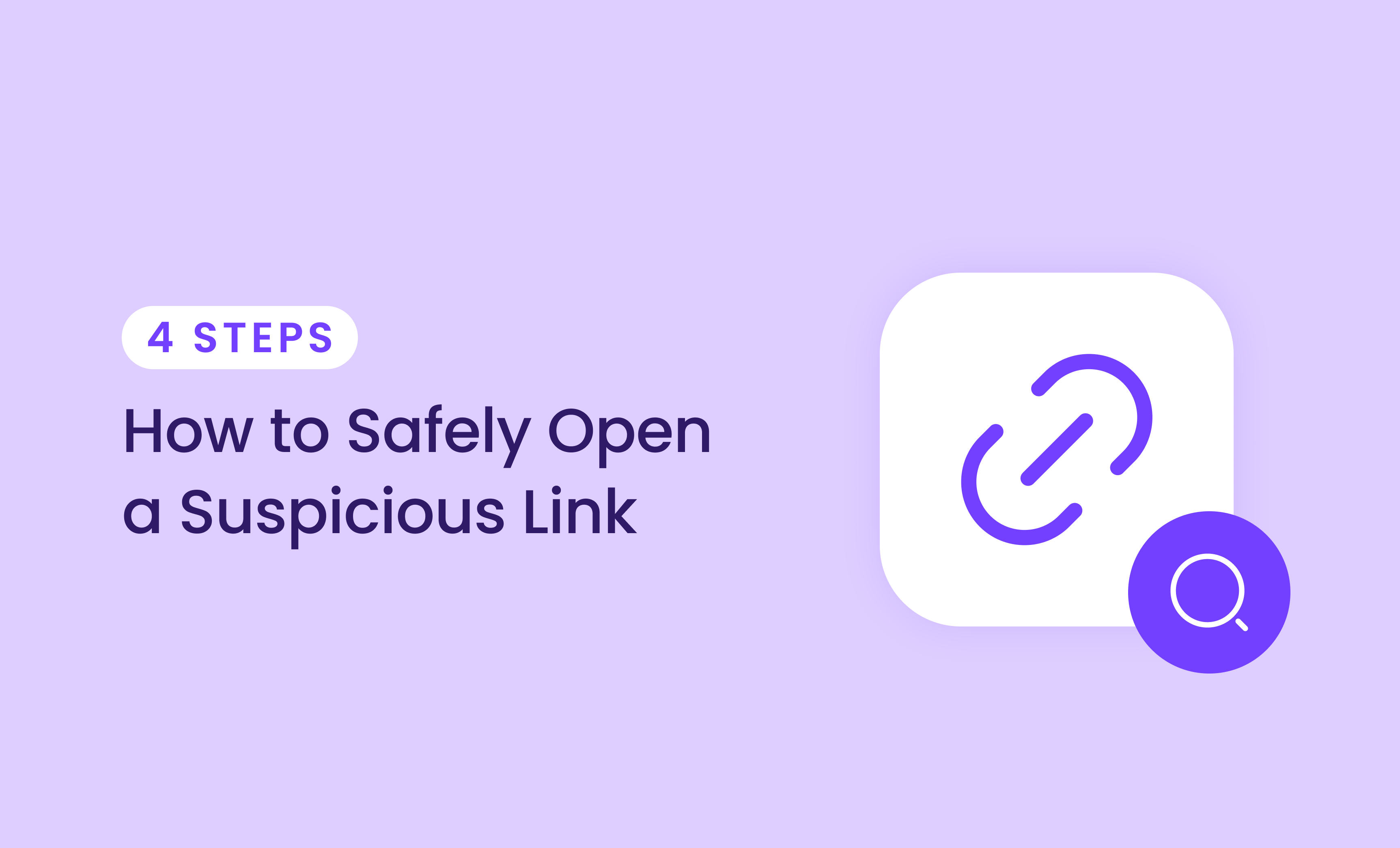Online shopping is no longer a hot trend or something “taking the world by storm”—it’s a full-blown way of life, and is the first and only stop for those looking to make both small and large purchases.
So of course, where there are consumers, there are cybercriminals, and these bad actors have found new avenues to exploit unsuspecting users through what are known and described as fake sale websites.
What are Fake Sale Websites?
Fake sale websites are malicious platforms that mimic legitimate online stores to trick users into providing sensitive information or making purchases that never materialize. These sites look, feel, and function like authentic online storefronts, but once they get what they want (your sensitive info or money, or both), their work is done.
Seriously—fake websites replicate the layout, design, and even the content of well-known retailers, and thus can be particularly convincing, making it difficult for even the savviest shoppers to spot the difference.
So, let’s take a look at the tactics used by these fraudulent websites in order provide actionable tips on how to protect yourself, your employees, and your business.
URL Masking
What’s a website without a legitimate URL? Cybercriminals often use URL masking to make a malicious site appear trustworthy. This technique hides the true URL behind a different, often shortened or redirected, URL. Here are a few scenarios:
1. Search Engine Scenario
A user searches for “best laptop deals” on Google, and among the legitimate search results, a malicious site with a high ranking appears. The user clicks on the legitimate-looking URL, expecting a deals page, but due to URL masking and redirection, they are taken to a spoofed site. The phishing site looks like a legitimate online store, asking the user to enter payment details, which are then stolen by cybercriminals.
2. Email Example
You receive an email from what appears to be your bank, urging you to update your account information to prevent it from being locked. The email contains a link that looks like your bank’s, but the actual link redirects to a fake bank. Believing the email to be legitimate, you click the link and enter your login credentials on the fake page. The cybercriminals now have your login information and can access your bank account.
Learn more about browser-in-the-browser (Bitb) attacks
3. Social Media Example
You see a post on Facebook claiming to offer a free gift card from a popular store if you participate in a quick survey. The link provided is a bit.ly link, which businesses use to shorten the listed URL. However, in this case, the shortened URL hides the actual URL, which redirects to a malicious site.
You click the link and are taken to a fake survey page that asks for personal information, such as your email address, phone number, and even payment details to “claim” the gift card. The information you provide is collected by cybercriminals and used for identity theft or sold on the dark web.
Homograph Attacks
Homograph attacks involve using characters from different scripts that look similar to those in the Latin alphabet. For instance, the Latin letter “a” might be replaced with the Cyrillic “а,” creating a URL that appears almost identical to a legitimate one. Be vigilant about subtle differences in URLs and check the SSL certificate to verify the website’s authenticity.
- Latin ‘a’ vs. Cyrillic ‘а’
- Latin ‘e’ vs. Cyrillic ‘е’
- Latin ‘o’ vs. Cyrillic ‘о’
- Latin ‘p’ vs. Cyrillic ‘р’
- Latin ‘c’ vs. Cyrillic ‘с’
- Latin ‘x’ vs. Cyrillic ‘х’
- Latin ‘y’ vs. Cyrillic ‘у’
- Latin ‘A’ vs. Cyrillic ‘А’
- Latin ‘E’ vs. Cyrillic ‘Е’
- Latin ‘O’ vs. Cyrillic ‘О’
- Latin ‘P’ vs. Cyrillic ‘Р’
- Latin ‘C’ vs. Cyrillic ‘С’
- Latin ‘X’ vs. Cyrillic ‘Х’
- Latin ‘Y’ vs. Cyrillic ‘У’
- Latin ‘i’ vs. Cyrillic ‘і’
- Latin ‘I’ vs. Cyrillic ‘І’
- Latin ‘l’ vs. Cyrillic ‘ӏ’
- Latin ‘j’ vs. Cyrillic ‘ј’
- Latin ‘t’ vs. Cyrillic ‘т’
- Latin ‘s’ vs. Cyrillic ‘ѕ’
The Impact of Falling for Fake Sale Websites
Falling victim to a fake sale website can have several serious consequences, and while the most obvious is financial loss, that’s really only the tip of the iceberg.
Financial Loss: Cybercriminals can steal your payment information, leading to unauthorized charges on your credit card or bank account. In some cases, they might hold your information for ransom, demanding payment to prevent the misuse of your data.
Malware Distribution: These fake websites can trick users into downloading malicious software, which can compromise your device and personal information. (Always be cautious when prompted to download anything from a website.)
Reputational Damage: If a fake website uses your personal information to make fraudulent purchases or activities, it can harm your reputation. This might also lead to identity theft, where your details are used to commit further fraud.
Loss of Customer Trust: When customers fall victim to fake sale websites posing as legitimate businesses, their trust in the actual company can be severely damaged. Customers might mistakenly blame the business for the fraud, leading to a loss of customer loyalty and negative reviews. Rebuilding this trust can be time-consuming and costly.
Operational Disruption: Last, but still very important, businesses might face significant disruptions in their operations if their brand is used in fake sale scams. They may need to allocate resources to address customer complaints, investigate the fraud, and implement additional security measures. This diversion of resources can affect productivity and lead to financial losses beyond the direct impact of the scam.
How to Protect Yourself
Protecting yourself from fake sale websites requires a varied approach:
1. Verify the Website
Before making any purchase, take a moment to verify the website’s legitimacy. Look for signs like a valid SSL certificate, proper spelling and grammar, and a professional-looking design. Use online tools like a suspicious domain checker to verify the website’s reputation and ensure it’s not a known scam.
2. Monitor Your Financial Statements
Regularly check your bank and credit card statements for any unauthorized transactions. Promptly report any suspicious activity to your bank to mitigate potential losses.
3. Educate Yourself
Stay informed about common online scams and how to recognize them. Knowledge is your first line of defense against cybercriminals. Share this information with friends and family to help them stay safe online as well.
4. Use Secure Payment Methods
Whenever possible, use secure payment methods such as credit cards or payment services like PayPal. These methods often offer better protection and recourse in case of fraud compared to debit cards or direct bank transfers.
Conclusion
Fake sale websites pose a significant threat to online shoppers. By understanding the tactics used by cybercriminals and taking proactive measures to protect yourself, you can enjoy the convenience of online shopping without falling victim to these scams. Always stay vigilant, verify the legitimacy of websites, and educate yourself on the latest online threats to keep your personal and financial information safe.
Bolster’s automated digital risk monitoring and protection technology can prevent website spoofing from impacting your organization by actively scanning domain data using best-in-class mapping technology.
Learn more about how Bolster can help your organization combat website spoofing with an automated approach.









